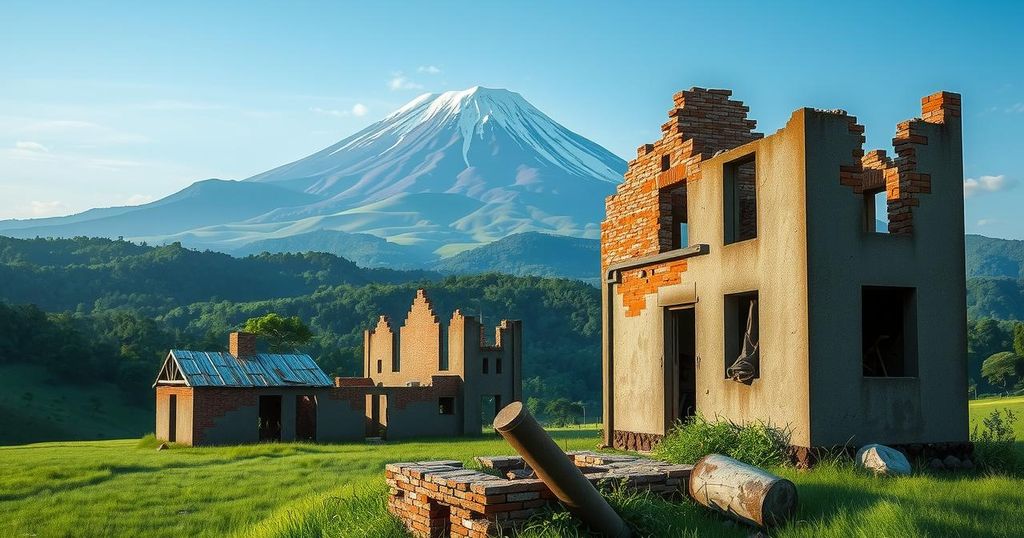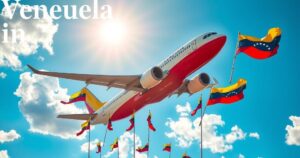Goma’s Lingering Conflict: A City Plagued by Violence and Despair

Goma, DR Congo, faces severe challenges following the M23 rebel group’s takeover. More than two million residents experience disruptions in daily life, heavy casualties, and a worsening humanitarian crisis. With violence continuing across the region, the impact of conflict is profound and far-reaching.
In Goma, a city that once thrived underneath the towering Mount Nyiragongo, a palpable sense of unease lingers. Since the March 23 Movement (M23) rebel group took control in January, daily life has been turned upside down for the more than two million residents. The impact of this takeover, reminiscent of the traumatic seizure in 2012, haunts the populace as hope for peace remains elusive.
The M23 fighters swept into Goma on January 27, marking a distressing chapter in a long history of conflict in eastern Democratic Republic of the Congo (DRC). This brutal episode resulted in heavy casualties—over 8,500 people dead and nearly 5,600 injured, according to government reports. As residential neighborhoods were shelled, even displacement camps faced attacks, leading to heart-wrenching losses among vulnerable populations, such as pregnant women and infants.
On February 4, the M23 announced a “humanitarian ceasefire,” yet violence continues to smolder throughout North and South Kivu provinces. Their recent capture of Bukavu, capital of South Kivu, expands their influence as they establish a network of frontline positions, indicating that this cycle of violence is far from over. The M23’s leader, Corneille Nangaa, declared intentions to “liberate the entire country”—a threatening assertion for the region’s stability.
The aftermath of Goma’s fall left the city cloaked in a grim stillness. While gunfire has ceased, a different kind of turmoil reigns, with once-vibrant commercial areas now eerily quiet. The banking system has crumbled, leading to severe cash shortages, and crime has surged in the absence of government authority. The M23 has filled this power vacuum by creating checkpoints and imposing arbitrary taxes and tolls on roads.
The humanitarian crisis is dire—over 1.2 million people have been newly displaced in the two Kivu provinces since January. Families that sought refuge in Goma have faced the misery of fleeing once more, compelled to abandon what little stability they had. In February, the M23 demanded the evacuation of major displacement camps, resulting in a mass exodus that forced families into homes devastated and inaccessible.
Further, Sake, a town just 27 kilometers from Goma, has become a battleground, seeing furious clashes between M23 forces and Congolese military, supported by local militias. The once-bustling area lies in ruins, bearing the scars of street-by-street fighting. The danger remains ever-present; unexploded ordnance dot the landscape, posing a deadly risk to unsuspecting residents. “We’ve found live shells in over ten locations,” noted local resident Christian Kabuya, lamenting the tragic toll of accidental explosions.
Ndosho Hospital in western Goma is the only facility still treating the wounded, yet it is overwhelmed. Supported by the International Committee of the Red Cross (ICRC), the staff is stretched thin in an environment that is increasingly chaotic. “The situation here is uniquely complex,” remarked ICRC veteran Taoffic Mohamed Toure. “The sheer number of actors and the recurring violence make eastern Congo one of the most challenging places we operate.”
As diplomatic initiatives falter and ceasefires dissolve, the people of eastern DRC remain trapped within a cycle of violence and despair. In Goma, where once the lava cool was a transformative force, the indelible scars of war continue to mar lives, leaving a profound impact that resonates through the fabric of the community.
The situation in Goma and its surrounding regions exemplifies the persistent crisis facing eastern DRC, exacerbated by political unrest and military conflict. With humanitarian conditions deteriorating and violence remaining rampant, millions are left grappling with loss and uncertainty. The international community’s response will be crucial in addressing these overwhelming challenges that the affected populations face, underscoring the urgent need for peace and stability.
Original Source: english.news.cn








